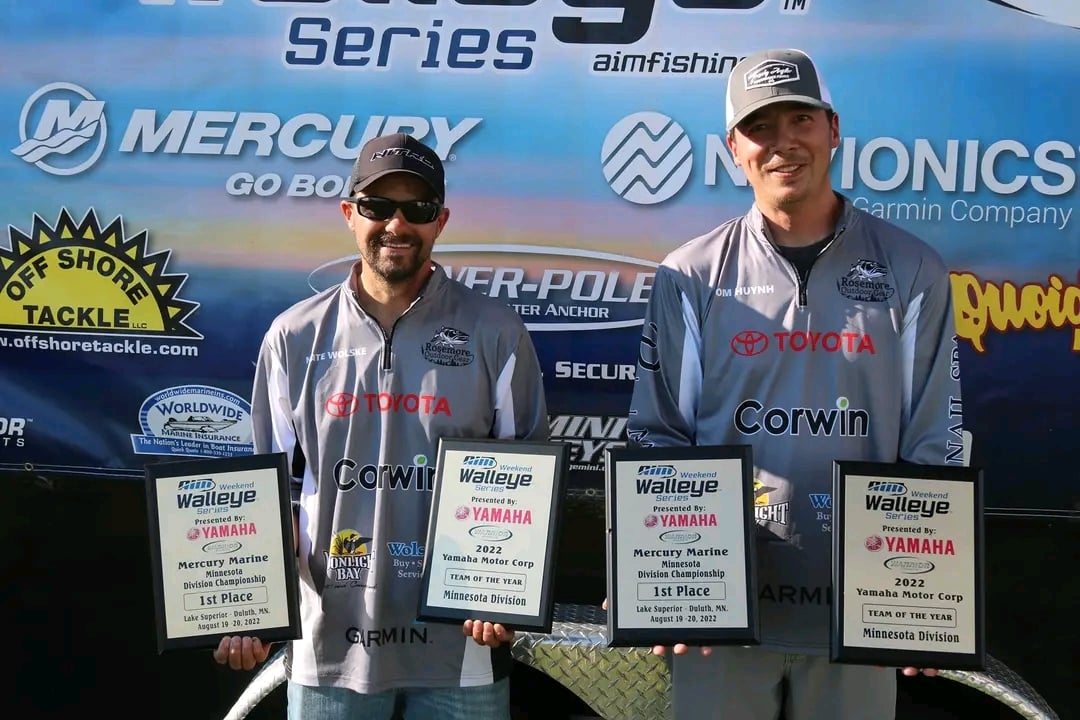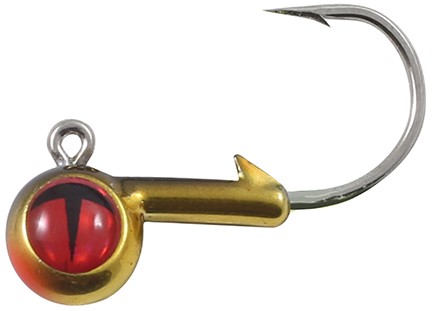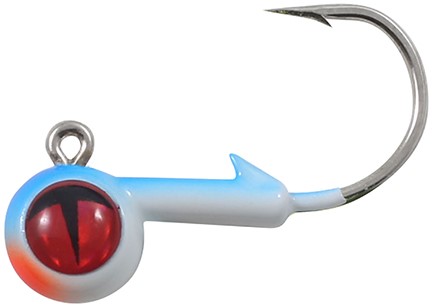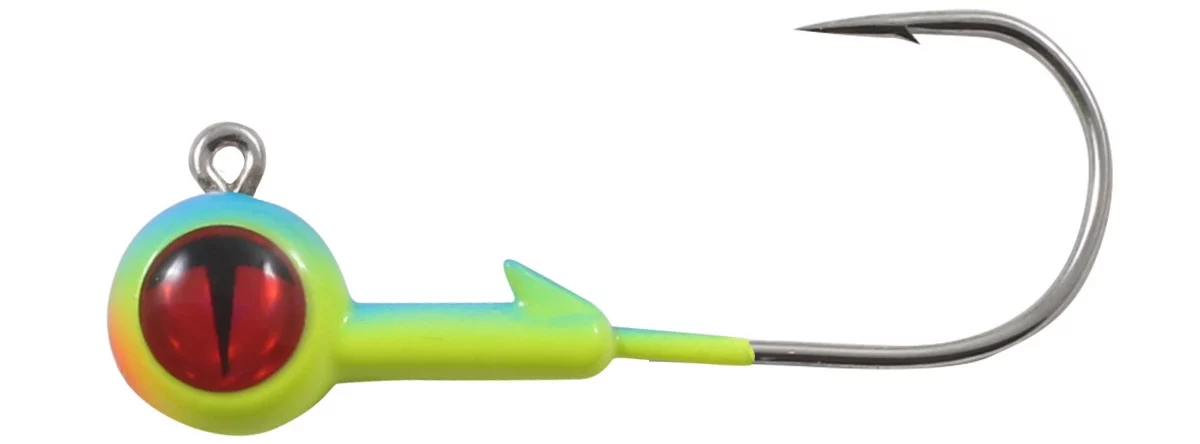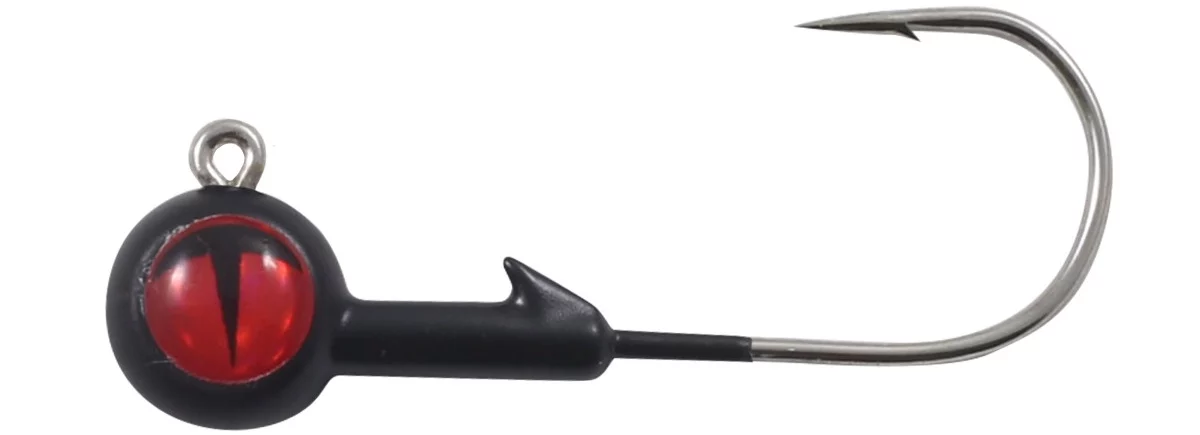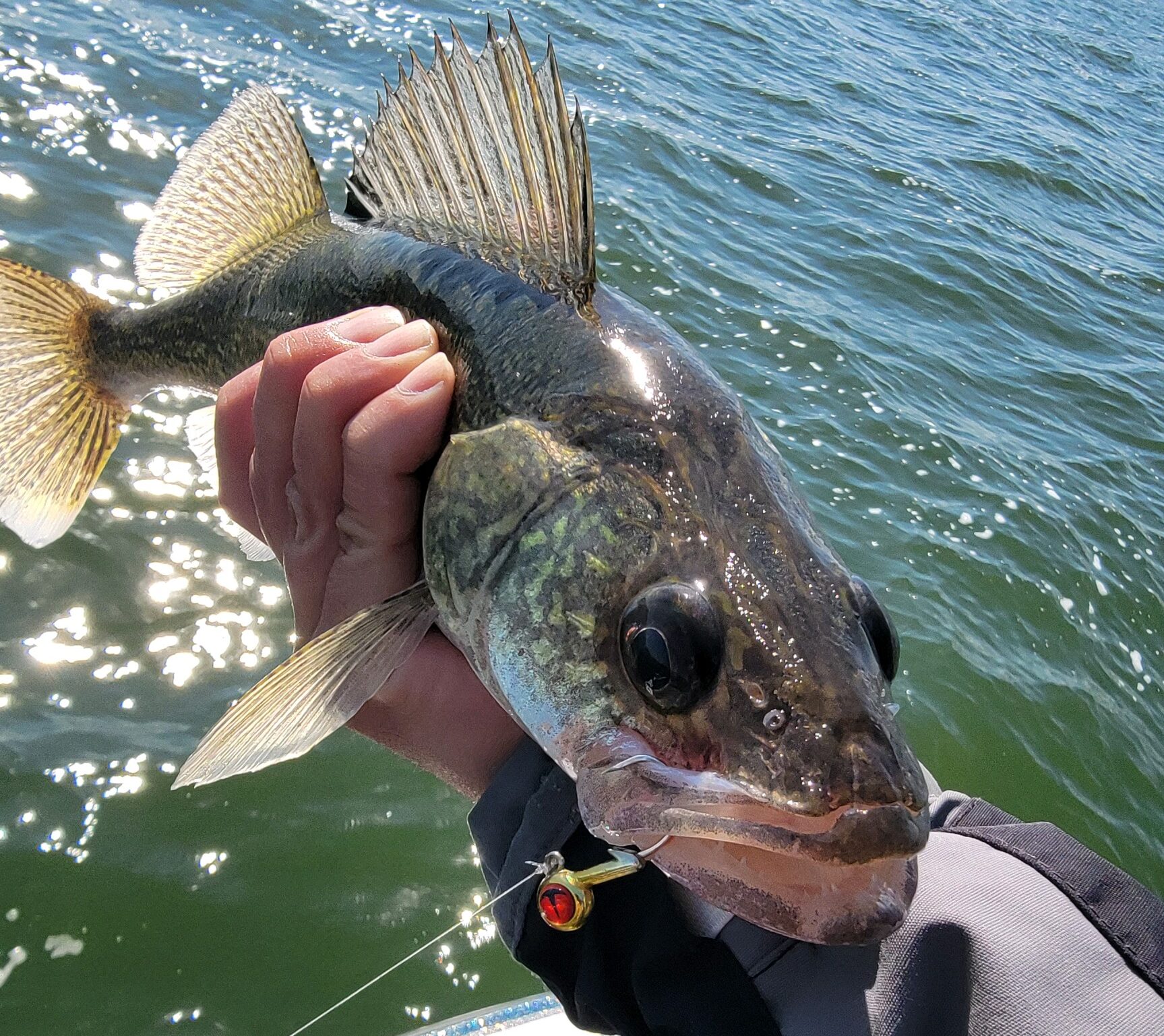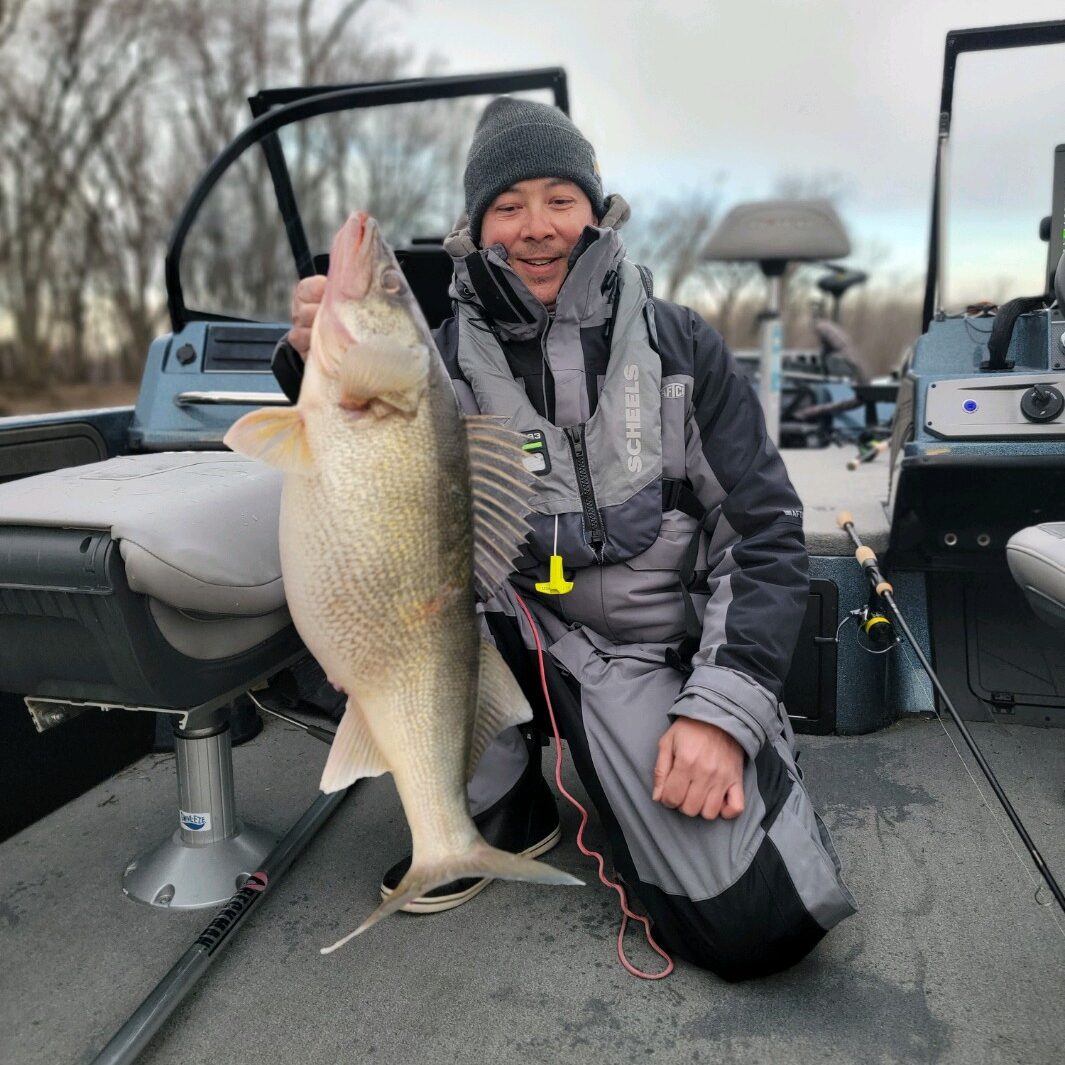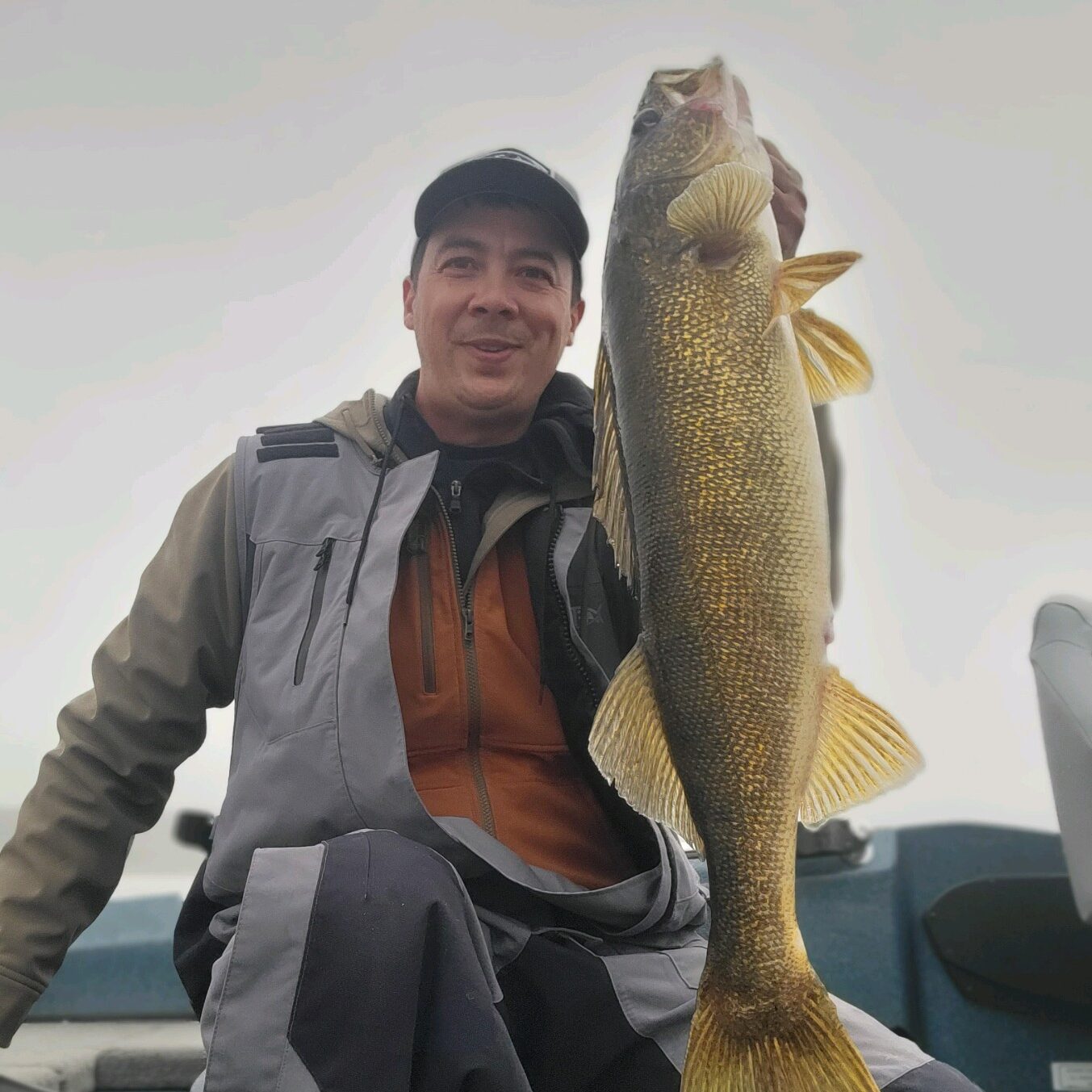Tungsten Jigs & Forward Facing Sonar
Each year or two, new baits and fish-catching concepts are introduced to anglers everywhere. Most are riffs on older, existing baits, or a quick wrinkle on a well-known technique. While “there is nothing new under the sun” could be a quote called into play here, the tungsten spin on jighead material is more than just a recycled lure design. More appropriately, the qualities and characteristics of tungsten itself are finding new praise for their use in jighead design because of what they bring to the table.
With any research, you’ll learn that tungsten is a much denser metal than lead. That gives anglers a much larger weight-to-size ratio, enabling them to present a reduced-profile jig that’s the same weight as lead in comparison. That density also transmits feeling via the line, through the rod, and back to an angler with great sensitivity, offering anglers who value that feel above all else a distinct advantage. Simply said, they offer anglers more information, faster fall rate, and a more natural looking offering.
Professional Advice
Increasingly, these angler observations are making their way to the tournament weigh-in table as well, with some of the first adoption of tungsten happening in tourney circles first. Enter Tom Huynh, Northland Tackle Pro, hailing from Moorhead, MN and owner of some serious hardware from recent tournament successes. Tom fishes the MWT and AIM tournament series with his partner Nate Wolske, who for the last two years have been reigning AIM MN state champions, team of the year, and even AIM national champs. That’s about as successful as it gets in a short amount of time, especially in walleye tourneys with so many talented anglers.
Huynh says, “I started in bass fishing, and the walleye tournaments are somewhat new to me.” Huynh and partner are catching on quickly, utilizing techniques often seen in bass circles. “We throw a lot of bass plastics to walleyes. While every bass in the system has seen these a hundred times, we’re finding that the walleyes haven’t,” says Tom. Huynh fishes pretty aggressively for walleyes then, just as many bass anglers who pepper the bank, making cast after cast. “We’re finding that many of these walleyes aren’t just aggressive, but they’re curious, swimming pretty good distance just to check something out,” says Huynh.
A Tungsten Approach
For Huynh, tungsten hasn’t become a full replacement for lead by any means, but increasingly, he’s finding more and more applications for tungsten jigs. “I don’t see myself using as much lead anymore because of all the advantages of tungsten,” says Tom. “Profile can mean everything, and my goal is to present a bait to the fish with the least amount of hardware possible. That’s possible now with a jig that’s appropriately heavy but not bulky,” says Huynh. “The jig is just a vehicle to get my bait where it needs to be.”
There’s more to love for Huynh than just the profile advantages. “I really love that speed too,” says Tom. “For me, if I’m looking to fish fast, I remember testing 1/8 oz. Northland Tungsten that had the same fall rate as an 1/4 oz. ballhead lead jig.” Most people don’t realize that with the Northland tungsten, fall rate is increased via the jighead material, but also the design. Huynh says, “The Northland tungsten is pill-shaped, so it fishes even more quickly for its size than even other tungsten. I can fish quick, or if I want a slower fall rate, I can just drop down a size to reduce my profile even more.”
As for what Huynh threads on the business end of the hook, much of it is plastic. “In bass circles, there’s a pile of different soft plastic variations. It’s nice to be able to go through a number of iterations with these fish and really see what actions they prefer,” says Huynh. Among his favorites are the Northland Impulse Smelt. “It’s one of my favorites, mostly because of how versatile it is. I can fish it quick to get reaction strikes or shake it slow to really entice a bite,” says Tom.
There are times too when live bait is a staple and very necessary, especially when fish are a bit more neutral. Yet, Huynh doesn’t always carry live bait for the reasons you’d think. “I have bait in my livewell for about half of the tournaments I fish, but I’m not always using it to catch my entire bag,” explains Huynh. “So often, I can see fish on forward facing sonar, but I need to confirm that these are actually walleyes. There are days when I catch pike, bass, and a host of other species on plastics that aren’t walleyes, and sometimes live-bait is there to confirm that what I’m looking at is really a walleye, even if it's not always the best way to catch the biggest and most fish in a school.”
Tungsten & Forward Facing Sonar Advantage
With the density of tungsten being greater than lead, it’s reasonable to assume that any type of sonar return would come back with more intensity. “The difference is slight, but noticeable, especially in weeds,” says Huynh. “There’s lots of walleyes in the weeds for many of the tournaments I fish. The trick is getting them out of there,” says Tom. “Sorting through fish and a less prominent return I see from standing weeds, then trying to find a jig inside of that, it can be tough. I’m looking for the best return I can get to see everything in detail.
Most times, Huynh is looking for a reaction bite when making short pitches to walleyes living in weedy environments. “I can see that bait well, often up to 40 feet or so, but usually I’m pitching 20 feet or closer,” says Tom. “I always start with plastics just to see if I can get bigger fish to go, that and plastics hold up pretty well in weed cover compared to live bait.” Huynh uses the Northland Tungsten Jig for pitching plastics, but switches to the Tungsten Short Shank Jig when slinging live bait. “I like that longer shank to put a hook point back further in plastics, unless I’m fishing a really finesse swimbait or Impulse Smelt. Then, for the smaller sizes I use the Northland Short Shank Jig too,” says Tom.
Of course, forward facing sonar for Huynh isn’t just a catching tool, it’s a learning opportunity. “Coming from the bass world, throwing a bait, letting it settle down a few seconds on bottom, then burning it back to the boat, it’s all making better sense. We’re learning that up to 90% of our time can be wasted retrieving a bait, as walleyes typically eat it on the drop or moments after bait hits bottom,” says Huynh.
That doesn’t mean they always eat or eat with regularity, even when you drop it on their noggin. “Last year, we went 2-3 days without catching a single fish at the championship on Lake Superior,” says Huynh. “We had to cycle through nearly 30 plastic baits, each with a different profile and action, just to find what they fish were willing to eat.” Winning combinations can often take patience to cycle through, but having a tungsten jig as the base portion of the bait enables anglers to fish with the most natural profile and stay out of the way of the bait as best as possible. “That was a maddening experience,” mentions Huynh, “but it’s often what it takes to unlock the bite.
Huynh finds fish with forward facing sonar outside of the weeds too, often choosing to look around near popular trolling places. “We frequently show up to big trolling areas, where 20+ boats are pulling baits around. These open water suspended fish can be great targets for that same approach too,” says Huynh. “Smaller profiles work well here, especially to still get the bait down in deeper water while keeping it realistic for walleyes cruising and suspended.” The same can be said for river fishing, where the smaller profile is useful, but the pill-shaped design cuts through water better. “In open water or current situations, the design of the jig gets that bait where it needs to be and keeps it there,” says Huynh. “The forward facing sonar doesn’t lie, we see these fish reacting really well to the baits.”
For more articles like "Tungsten Jigs & Forward Facing Sonar" here for more fishing tips.



